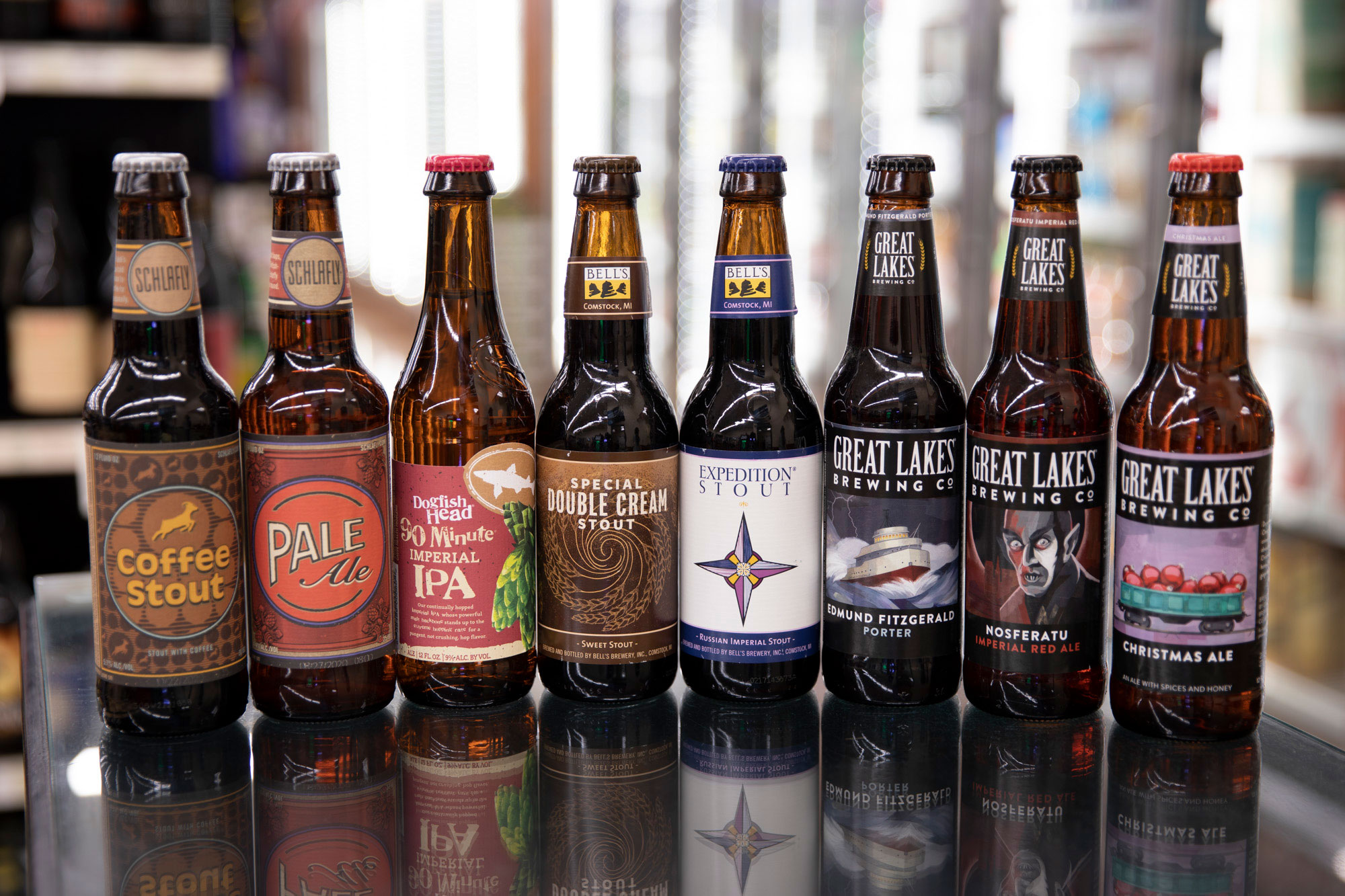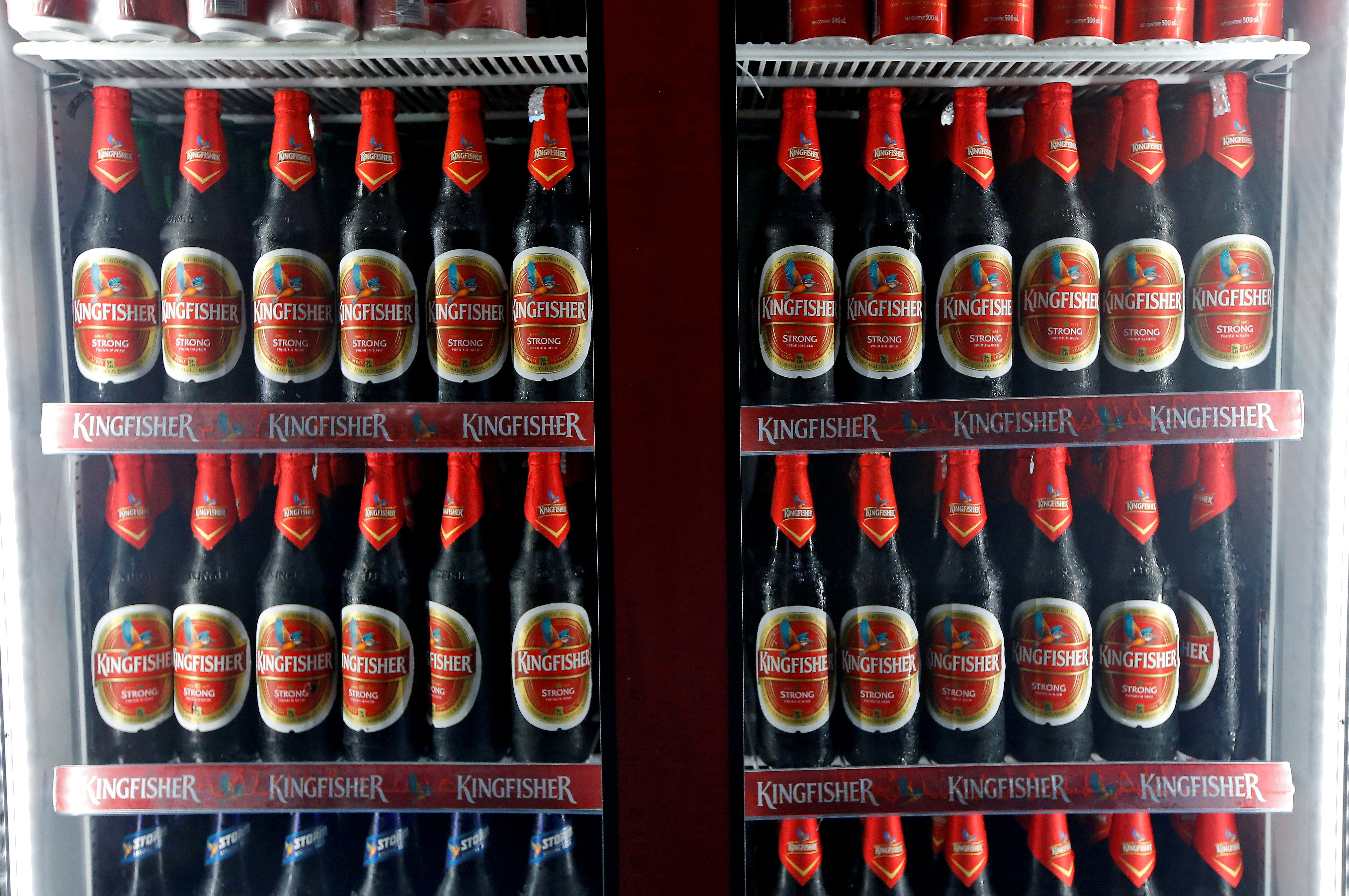Go to a Distillery in Galveston: Behind-the-Scenes Tours and Tastings
Wiki Article
From Mash to Container: The Details of Craft Distillery Production Revealed
Craft distillery production is a thorough process that involves a collection of elaborate actions to transform raw components into a polished spirit ready for usage. From the first phases of mash preparation to the final touches of labeling and bottling, each phase of manufacturing plays an important duty fit the personality and top quality of the end product (Galveston Liquor). As we decipher the complexities of craft distillery manufacturing, we will certainly discover the artistry and science behind each action, losing light on the hidden world that finishes in the production of a remarkable and one-of-a-kind spiritThe Art of Mash Prep Work
Mash prep work in craft distillery production is a careful process that lays the structure for the quality and flavor account of the last distilled spirits. The art of mash preparation includes incorporating grains such as barley, corn, rye, or wheat with water and enzymes to convert the starches into fermentable sugars. This vital action calls for accuracy in the option of grains, water quality, and enzyme task to guarantee optimal sugar removal throughout fermentation.Craft distilleries take wonderful treatment in sourcing top quality grains as they straight influence the preference and character of the spirits. The percentages of various grains made use of in the mash expense are additionally very carefully computed to accomplish the preferred flavor account. Furthermore, variables such as water temperature, pH levels, and blending techniques play a considerable duty in the mashing process.
As soon as the mash is prepared, it goes through fermentation, where yeast is included to convert sugars into alcohol. The top quality of the mash straight affects the effectiveness of fermentation and eventually, the overall top quality of the distilled spirits. Craft distilleries pride themselves on their focus to information throughout mash preparation, identifying its importance in creating extraordinary spirits.
Fermentation: Transforming Active Ingredients Into Alcohol
Exactly how do craft distilleries change carefully prepared active ingredients into alcohol through the procedure of fermentation? Fermentation is a crucial action in craft distillery production where yeast interacts with sugars to develop alcohol. After the mash preparation phase, the fluid, referred to as wort, is moved to fermentation tanks. Yeast is after that included to the wort, where it takes in the sugars existing in the combination, transforming them into alcohol and carbon dioxide.
Throughout fermentation, the temperature level and environment are closely kept track of to ensure optimum conditions for yeast task. This process commonly takes a number of days to a week, depending on the desired alcohol material and taste account. As the yeast works its magic, the liquid goes through significant chemical changes, resulting in the development of alcohol.
As soon as fermentation is complete, the resulting liquid is understood as the clean or beer. This alcoholic liquid acts as the foundation for the subsequent distillation procedure, where it will be transformed right into the final spirit via mindful craftsmanship and precision techniques.
Distillation Methods and Devices
Making use of customized equipment and precise methods, craft distilleries utilize various purification techniques to remove and improve the alcohol content of the fermented clean, ultimately forming the personality and quality of the last spirit. Distillation is the procedure of separating alcohol from the fermented liquid via dissipation and condensation. Craft distilleries usually utilize pot stills, column stills, or hybrid stills in their distillation procedures. Pot stills, containing a swan and a pot neck, are recognized for producing delicious spirits with abundant appearances. On the other hand, column stills, which have numerous plates for purification, are favored for developing lighter and smoother spirits. Crossbreed stills integrate aspects of both pot and column stills, providing distillers adaptability in crafting a varied variety of spirits. The option of still and the purification technique utilized considerably influence the scent, taste, and total high quality of the distilled spirit. Craft distillers commonly experiment with various devices setups and distillation methods to accomplish remarkable and one-of-a-kind spirits that mirror their creative thinking and know-how.Aging Process: From Barrel to Bottle
With the distilled spirits now prepared, the emphasis shifts towards the critical point of the aging procedure, where the change from barrel to bottle imbues the liquid with unique tastes and qualities. Aging plays a critical function in the development of the spirit, as it connects with the timber of the barrels. The choice of barrel type, whether oak, charred, or previously made use of for various other spirits, substantially affects the last taste profile. Throughout aging, the spirit undertakes a complicated series of chemical responses that boost its aroma, taste, and color.
Bottling and Identifying: Final Touches
Upon conclusion of the aging process, the craft distillery very carefully continues with the thorough jobs of classifying and bottling, including the last touches that will present the spirit to customers. Craft distilleries typically utilize automated bottling lines furnished with equipment such as fillers, cappers, and labelers to enhance the process.Tags usually consist of important info like the spirit's name, alcohol content, and beginning. Furthermore, some craft distilleries hand-label their bottles for a tailored touch, specifically for limited version releases.
As soon as the bottles are loaded, sealed, and classified, they undertake a last assessment to guarantee they meet the distillery's requirements. This attention to detail in the bottling and identifying procedure reflects the craft distillery's commitment to delivering a premium item to consumers.

Verdict
In final thought, the process of craft distillery manufacturing includes careful actions such as mash prep work, fermentation, purification, aging, and bottling (Galveston Liquor). Each phase requires mindful focus to information and specific equipment to make sure the last product satisfies high criteria of top quality. From changing active ingredients right into alcohol to bottling and classifying the completed product, craft distilleries display the art and scientific research behind creating exceptional spirits for critical customersCraft distillery production is a thorough procedure that entails a series of complex actions to change raw components into a polished spirit ready for intake.Mash prep work in craft distillery manufacturing is a careful process that lays the structure for the quality and flavor account of the last distilled spirits. Craft distilleries satisfaction themselves on their interest to information during mash prep work, identifying its significance in developing outstanding spirits.
Upon conclusion of the aging procedure, the craft distillery thoroughly proceeds with the thorough tasks of labeling and bottling, including the last touches that will certainly offer the spirit to customers. From transforming components right into alcohol to bottling and classifying the completed item, craft distilleries display the art and science behind producing premium spirits for critical customers.
Report this wiki page